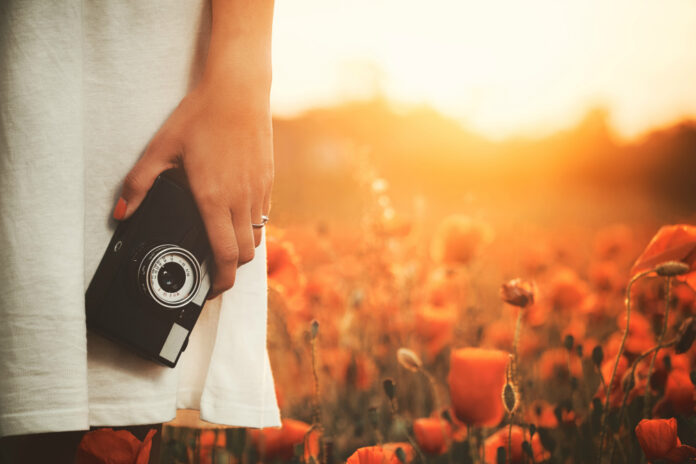Photography is an art form; there is no sure recipe for success. While you will need a lot of practice to truly hone your skills, there are also some tricks and techniques that will help you improve your pictures immediately. Whether you just want to take nicer photos during your travels or you want to try your hand at professional photography, here are a few tips that will give an instant boost to your photos.
Gear up
Obviously, the first thing you will need is equipment. Beginners often make the mistake of overinvesting in this regard. You don’t necessarily need the most expensive camera on the market to take professional-looking photos. In fact, some people do incredible things with just the camera of their iPhones. So, make sure you read reviews and choose a device that is appropriate for your needs and will be able to grow with you as you develop your skills. For instance, if you plan on taking your camera along on your backpacking adventures, something compact will be the best choice. But no matter what device you have, what’s even more important is that you arm yourself with knowledge. Get to know your device properly, read the manual, and learn about the different settings so that you can always quickly adjust them to your needs.
Find : The Best Professional Free Online Photo Editing Sites
Learn about composition
While there are no rules in art, sticking to a few conventions when it comes to basics such as composition will make your photos look more aesthetic and professional. Make sure you use the rule of thirds when shooting and the picture will appear more balanced and pleasant to look at. It’s extremely easy: all you have to do is place the focus of your photo on one of the intersections of the guidelines that divide your screen into 9 rectangles. However, the rule of thirds is not the only way to go. You can also look to create symmetry with center composition, or frame your subject by including elements in the foreground. Once you’ve got the hang of it, you can even try more advanced techniques. All in all, learning about composition can really improve your photography.
Lighting is important
In photography, lighting is important, in fact, it might just be the most important aspect of a picture. Lighting not only determines the whole atmosphere of a photo, but it can also be used strategically to draw attention to certain parts of it. The same scenery captured during different times of the day will appear drastically different. Therefore, you need to learn both how to work with different lighting conditions (when it’s time to turn up the ISO) and how to use lighting to your own advantage. Interesting lighting can spice up the simplest portrait so make sure you experiment a lot on this front!
Mind the background
One of the biggest mistakes that separates amateur photos from professional ones is a messy background. Distractions should be eliminated to allow the viewer to focus on what you intended the focus to be. Therefore, whenever shooting, pay attention to the background. Unnecessary objects can really ruin the atmosphere of a photo. When it’s not possible to remove these unwanted objects or angle the camera away, there is always the option of editing, which will be discussed later. When you’re shooting indoors, the question of background is even more critical. Depending on the subject of your photography, you may want to use photography backdrops on events and photoshoots to get a professional result.
Learn the art of editing
The photos you see all the time rarely, if ever, come out like that. Editing is a vital part of photography and despite the negative connotation “Photoshopping” might have, it does not count as cheating. The key is simply not overdoing it. As we mentioned, post-processing will come in handy when a distraction in the background ruins the picture. Learn about the basics of retouching and you’ll be able to fix these, as well as other small problems with ease. Post-processing will also allow you to enhance the lighting and colors to emphasize the atmosphere and the emotions you want to communicate. So, take some time to learn the basics of the software of your choice.
At the end of the day, you will need to put what you learned into practice in order to improve. Take photos every day, experiment, and fuel your passion. You will see an improvement in no time.






















